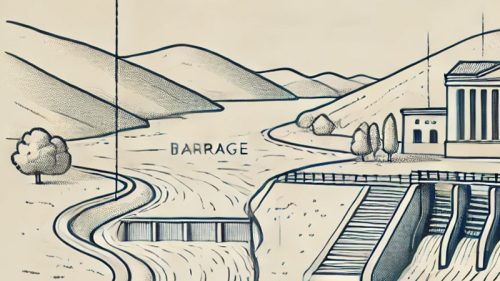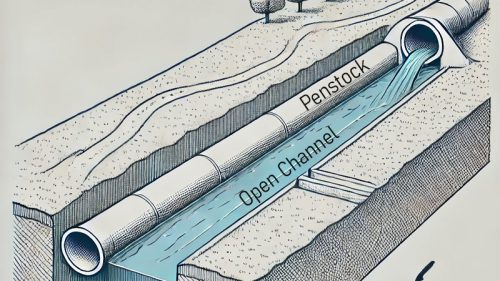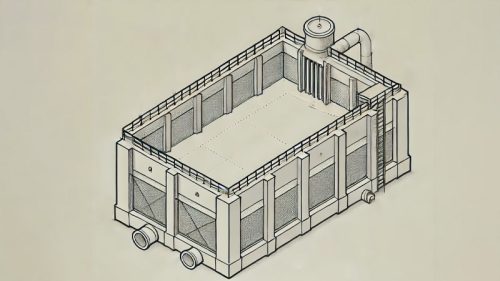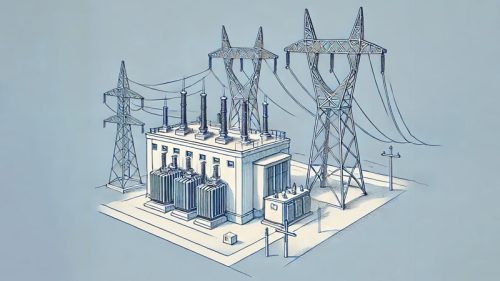
Overview
Investing in small hydro projects offers long-term, stable returns with relatively low operational costs. With growing demand for renewable energy and government incentives, small hydro presents an attractive opportunity for investors. These projects provide reliable power with minimal environmental impact, making them a sustainable energy choice.
Investment Benefits

Public-Private Partnership (PPP): Joint ventures with government agencies to develop hydro projects.
Independent Power Producer (IPP): Privately owned and operated projects selling electricity to the grid or directly to industries.
Build-Operate-Transfer (BOT): Investors develop and manage the project before transferring ownership to the government or local community.
Community-Based Projects: Locally driven initiatives where investors and communities share benefits.
Investment Benefits
Public-Private Partnership (PPP): Joint ventures with government agencies to develop hydro projects.
Independent Power Producer (IPP): Privately owned and operated projects selling electricity to the grid or directly to industries.
Build-Operate-Transfer (BOT): Investors develop and manage the project before transferring ownership to the government or local community.
Community-Based Projects: Locally driven initiatives where investors and communities share benefits.
ROI & Payback Period
| Parameter | Details |
|---|---|
| 🔹 Project Capacity | 5 MW |
| ⚡ Generation Per MW | 24,000 Units/Day |
| 📈 Total Daily Generation | 1,20,000 Units/Day |
| 💰 PPA Rate (Fixed Earnings) | ₹5 per Unit |
| 💵 Daily Revenue | ₹6,00,000 |
| 🏗️ Project Cost | ₹50 Crores (One-Time Investment) |
| 🌱 Government Subsidy | ₹1.50 Crores per MW |
| 📊 Monthly Profit | ₹1.80 Crores (as per PLF) |
NOTE: This table is just an example of a Project ROI Can be Increased or decreesed according to Projects
Additional Considerations

Step 1: Barrage Site (Mini Dam) – Water Diversion
- The barrage site is a small dam-like structure built on a river or stream to divert water towards the powerhouse.
- It does not store water but channels it through an open channel towards the next stage.
Step 2: Desilting Tank – Removal of Unwanted Particles
- The diverted water first passes through a desilting tank to remove silt, sand, and small rocks, preventing damage to the system.
- This step ensures cleaner water reaches the turbines, increasing efficiency and reducing maintenance costs.


Step 3: Water Conveyance – Two Possible Approaches
The water travels from the barrage site to the powerhouse via one of the two methods:
1. Underground Pipe (Penstock) – A closed pipe system used in high-gradient areas to maintain water pressure.
2. Open Channel – A surface water pathway, suitable for regions with lower elevation differences.
Step 4: Forebay Tank – Regulating Water Flow
- The water reaches the forebay tank, which serves as a buffer before entering the powerhouse.
- It helps in stabilizing the flow and allows remaining silt or stones to settle before water enters the penstock.


Step 5: Penstock & Powerhouse – Generating Electricity
- The penstock carries water from the forebay tank to the turbine in the powerhouse.
- The length and angle of the penstock determine the water pressure, which impacts the turbine's efficiency.
- The turbine converts the kinetic energy of water into mechanical energy.
- A generator then converts this mechanical energy into electricity
Step 6: Transformer & Transmission – Power Supply
- The generated electricity is sent to a transformer to ensure a stable voltage and current flow.
- It is then transmitted via power lines to nearby substations, making it available for distribution to consumers.

Conclusion
This Small Hydro Project effectively utilizes natural water flow for renewable energy generation. It ensures minimal environmental impact while providing a reliable power supply to surrounding areas. The structured water flow management, from the barrage to the powerhouse, maximizes efficiency and maintains the system's longevity.
With a strong ROI, government backing, and increasing energy demand, small hydro investments are an excellent opportunity for sustainable and profitable energy development.

